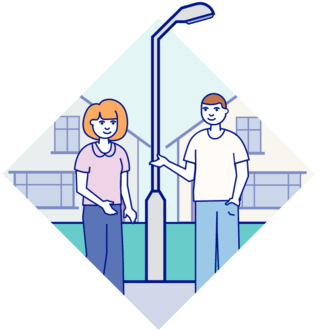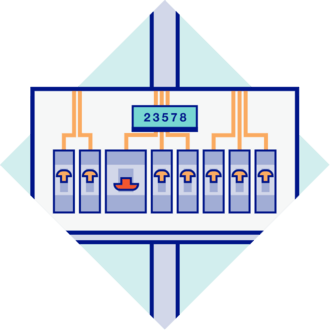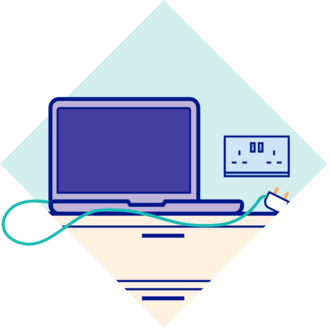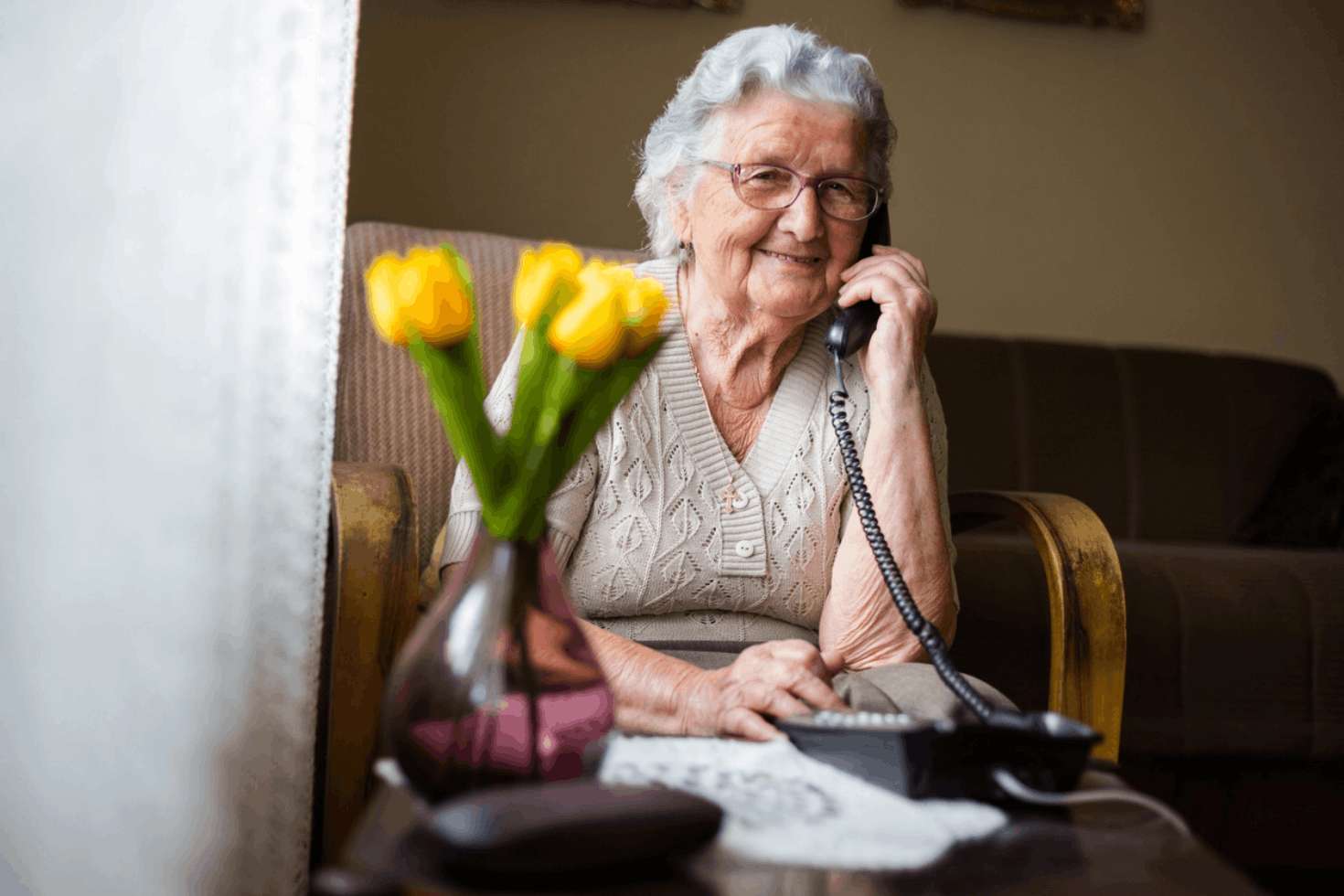What to do during a power cut
First, check to see if it's a power cut or a problem with your fuses. Speak to your neighbours, or during the night, check the street lights. You'll soon know whether it's a power cut or not.
Find your fuse box and check that the trip switch is set to 'On' (It's the biggest switch and is usually red). If it's in the 'Off' position, turn off anything plugged into the sockets (or pull out the plugs) and turn the switch to 'On'. If the power doesn't come back on, you can call our Contact Centre 24/7/365
Don't open your freezer. Most power cuts are short, and your freezer will keep the contents protected for up to 12 hours.
Turn off or unplug any sensitive and expensive electrical equipment. Electrical surges during power cuts can damage digital devices, such as phones, TVs, laptops, and tablets, so turn them off or unplug them from the mains to keep them safe.
Check on your neighbours, especially those who are elderly, very ill, or disabled. Ensure they're warm, have enough food, drink, and medicine, and that any medical equipment is working.
Think community. Stay in contact with neighbours and share resources. A cup of tea or a spare set of batteries can make all the difference.
Homeowner information leaflet
In the event of an unscheduled power cut, we aim to keep you informed and offer help and advice. This booklet aims to ensure your safety and help you to prepare and plan ahead of any possible power cut or emergency.
Live power cuts map
If you are experiencing a power cut and you have not received prior notice, please use the page to find information on any current activity in your area.
Being prepared
Power cuts can happen, and while we can't always stop them, we're doing everything we can to fix the problem as quickly as possible.
How to report a power cut
Don't assume that we know you have no power. To ensure your supply is restored as quickly as possible, get in touch: there are multiple ways for you to contact us.








